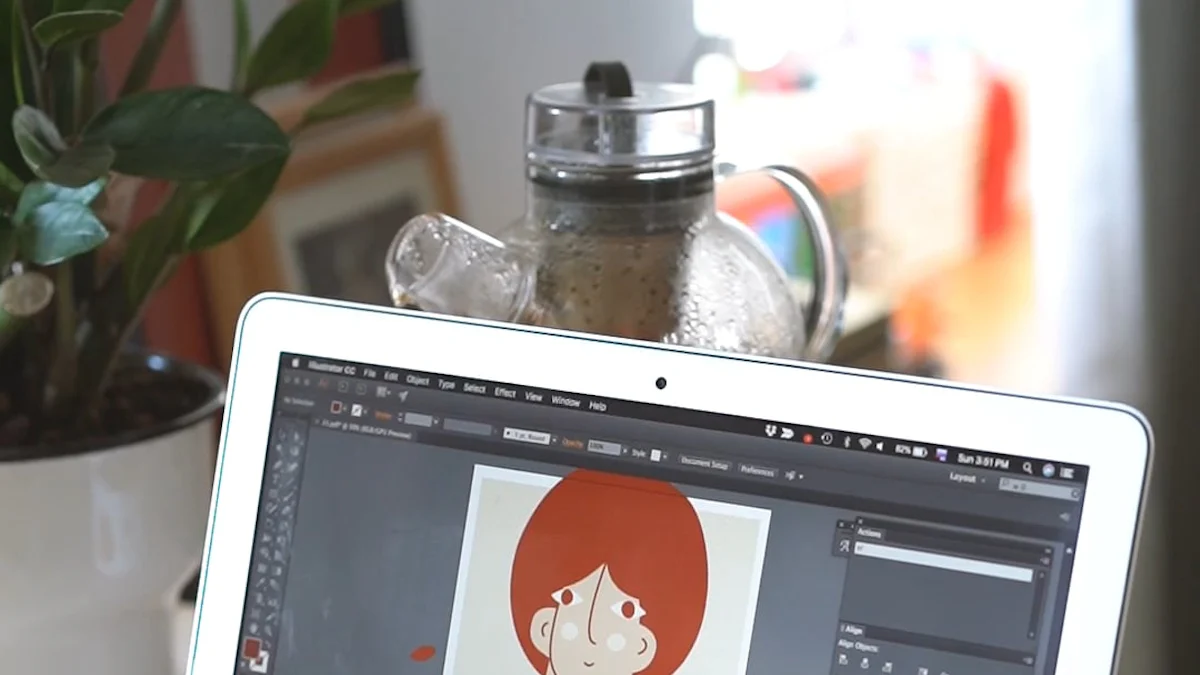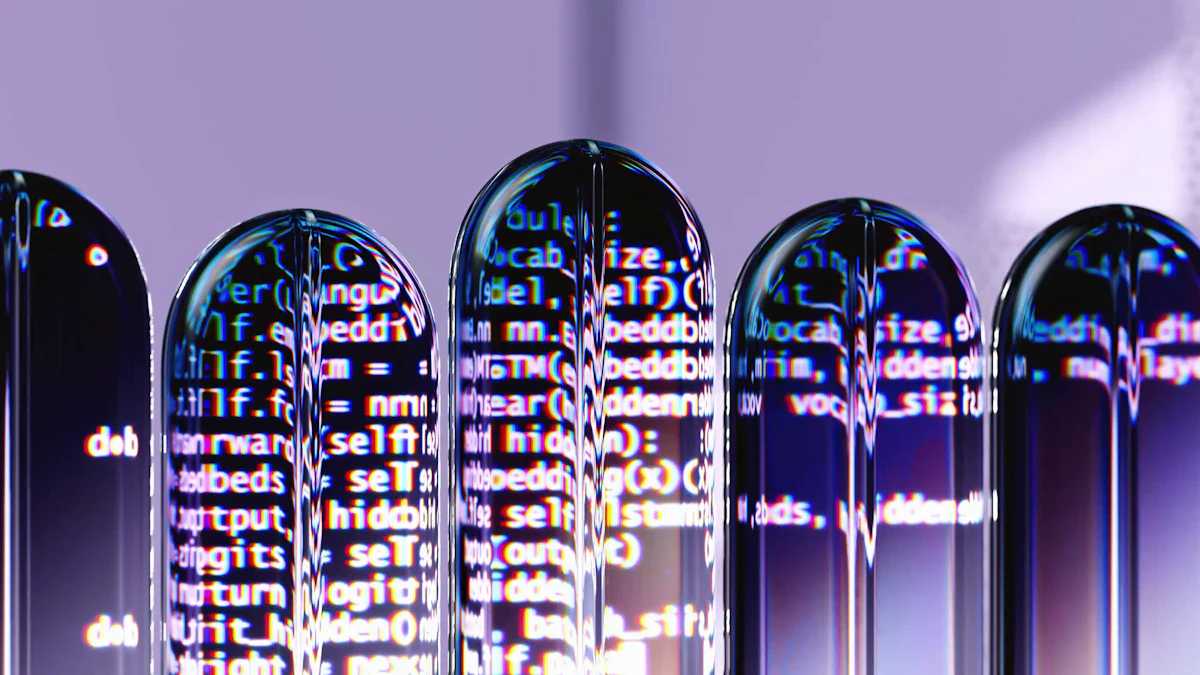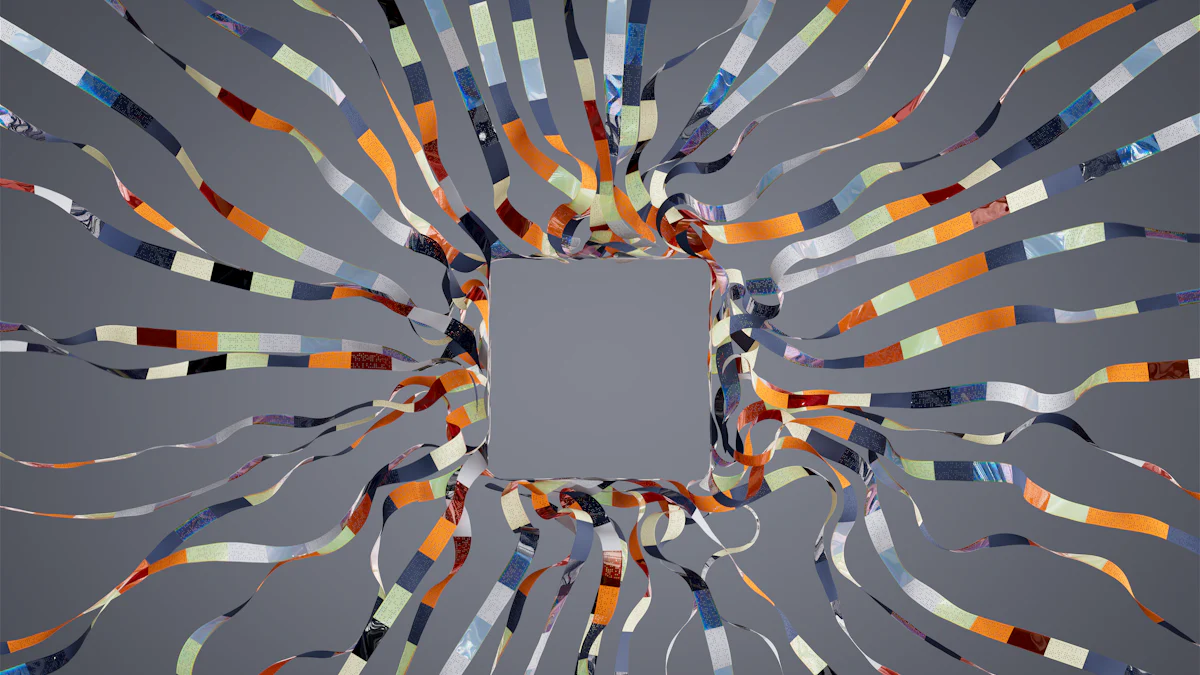The Rise of AI in Photography and Digital Art

The rise of AI is revolutionizing the creative world, particularly in photography and digital art. You may be curious about how AI is integrated into these fields. It is fundamentally changing the way artists and photographers operate. In the past, photography and digital art heavily relied on manual methods. However, AI tools now streamline these processes, improving images and automating editing tasks. It is interesting to note that 83% of creative professionals are already utilizing generative AI in their creative endeavors. This transformation signifies a new era where AI serves as a creative collaborator, enhancing efficiency and unlocking fresh artistic opportunities.
The Rise of AI in Photography and Digital Art

The Rise of AI Tools and Technologies
Image Recognition and Enhancement
AI tools have transformed how you approach image recognition and enhancement. These tools can identify objects, faces, and even emotions in photos with remarkable accuracy. Imagine uploading a photo, and the AI instantly recognizes and labels everything in it. This capability not only saves time but also enhances the quality of your images. AI can automatically remove noise and unwanted artifacts, making your photos look cleaner and more professional. According to a study in the Just Tech journal, AI technology refines facial details and enhances photographs, mimicking artistic processes. This means you can achieve stunning results without spending hours on manual editing.
Automated Editing and Retouching
Gone are the days when you had to spend countless hours editing and retouching photos. AI-powered tools now handle these tasks with ease. They can automatically adjust lighting, color balance, and even remove blemishes from portraits. This automation allows you to focus more on your creative vision rather than getting bogged down in technical details. The Imagen AI Blog highlights how AI has revolutionized post-processing tasks, enabling photographers to cull and edit photos faster. This efficiency means you can spend more time capturing moments and less time in front of a computer screen.
Impact on Creative Processes
AI as a Creative Partner
AI isn't just a tool; it's becoming a creative partner in your artistic journey. It offers new technologies that boost creativity and expand your artistic possibilities. You can experiment with different styles and techniques, leading to hybrid works that blend human creativity with AI innovation. The Art Marketing News journal notes that AI allows traditional artists to explore new ideas and create diverse art. This partnership opens up a world of possibilities, where you can push the boundaries of what's possible in photography and digital art.
Changes in Artistic Techniques
The rise of AI has also led to changes in artistic techniques. You can now generate concept art, backgrounds, and images with the help of AI tools. These tools assist even those who may not have traditional art skills, making art creation more accessible. The UVU Library Guides mention how AI tools help generate art for various purposes, providing guidance and inspiration. This shift means you can explore new artistic avenues and create unique pieces that reflect your vision.
Benefits and Challenges of AI Integration
Advantages of AI in Creative Fields
Increased Efficiency and Productivity
AI tools can significantly boost your efficiency and productivity in creative fields. Imagine having a virtual assistant that handles repetitive tasks, allowing you to focus on what truly matters—your creativity. AI can automate mundane processes like sorting through thousands of images or editing large batches of photos. This automation saves you time and energy, enabling you to concentrate on developing your artistic vision. According to a series of AI-Driven Case Studies, AI integration has revolutionized content creation processes, enhancing productivity and streamlining workflows. By leveraging AI, you can achieve more in less time, making your creative projects more manageable and enjoyable.
New Creative Possibilities
AI opens up a world of new creative possibilities. It acts as a catalyst for innovation, offering you tools to explore uncharted territories in art and design. With AI, you can experiment with styles and techniques that were once out of reach. For instance, generative AI can help you create unique artworks by combining elements from different sources, pushing the boundaries of traditional art forms. The Generative AI Integration in Art and Design Disciplines highlights how AI transforms the creative process, providing novel ideas and expanding artistic horizons. Embracing AI allows you to break free from conventional constraints and explore new dimensions of creativity.
Challenges and Concerns
Ethical Considerations
While AI offers exciting opportunities, it also raises ethical considerations. As you integrate AI into your creative work, you must navigate questions about authorship, originality, and the impact of AI-generated art on traditional practices. The Ethical Considerations in AI-Generated Art emphasize the importance of responsible creation and contribution to the AI in art dialogue. You need to consider how AI influences your artistic expression and ensure that your work remains authentic and true to your vision. By addressing these ethical concerns, you can contribute to a more inclusive and innovative creative landscape.
The Risk of Over-reliance on AI
Relying too heavily on AI can pose risks to your creative process. While AI can enhance your work, it should not replace your unique artistic voice. The synergy between AI and human creativity is crucial, as highlighted in AI's Role in Photography: Collaboration with Human Creativity. AI should serve as a tool that complements your skills, not a substitute for your creativity. By maintaining a balance between AI and human input, you can preserve the integrity of your art and ensure that your work reflects your personal vision. Remember, AI is a powerful ally, but your creativity remains the driving force behind your artistic endeavors.
The Future of Photography and Digital Art with AI

As you look to the future, the rise of AI in photography and digital art promises exciting developments. AI's role will continue to evolve, offering new tools and opportunities for artists and photographers like you.
Potential Developments
Emerging AI Technologies
AI technologies are advancing rapidly. You can expect more sophisticated tools that enhance your creative process. Imagine AI systems that not only recognize objects but also understand context and mood. These systems could suggest edits or enhancements based on the emotional tone you want to convey. AI's ability to generate realistic images in seconds will become even more refined, allowing you to create stunning visuals with minimal effort. As AI continues to develop, it will offer you unprecedented creative possibilities.
Future Trends in Creative Industries
The creative industries will see significant changes due to the rise of AI. You'll notice a shift towards more personalized and interactive art experiences. AI can help you tailor your work to individual preferences, creating unique pieces for each viewer. This trend will make art more accessible and engaging. Additionally, AI will enable collaborative projects where artists from different disciplines can work together seamlessly. The integration of AI will redefine how you approach creativity, opening up new avenues for exploration and expression.
The Role of Human Creativity
Balancing AI and Human Input
While AI offers incredible tools, your creativity remains essential. You must find a balance between AI and human input. AI can enhance your work, but it should not overshadow your unique artistic voice. By collaborating with AI, you can push the boundaries of what's possible while maintaining your personal touch. This synergy between AI and human creativity will lead to innovative and diverse art forms. Remember, AI is a partner, not a replacement.
Preserving Artistic Integrity
As you embrace AI, it's crucial to preserve your artistic integrity. AI should augment your creativity, not replace it. You need to ensure that your work reflects your vision and values. By thoughtfully integrating AI, you can create art that is both innovative and authentic. This approach will help you navigate the ethical considerations surrounding AI-generated art. By preserving your artistic integrity, you contribute to a rich and diverse creative landscape.
The rise of AI in photography and digital art is an exciting journey. As you explore these new technologies, you'll discover endless possibilities for creativity and expression. Embrace AI as a tool that enhances your work, and let your creativity shine.
In this exploration of AI's impact on photography and digital art, you've seen how AI tools streamline creative processes, enhance efficiency, and open new artistic avenues. As AI continues to evolve, it promises to enrich your creative journey by offering innovative solutions and expanding your artistic horizons. However, it's crucial to adapt thoughtfully, ensuring that AI complements rather than overshadows your unique creativity. Embrace AI as a partner in your artistic endeavors, preserving the essence of human innovation and expression while navigating the exciting future of creative fields.
See Also
Decoding AI-Driven Art Creation
The Science Behind AI Image Creation
The Future of Creativity: Generative AI's Impact
